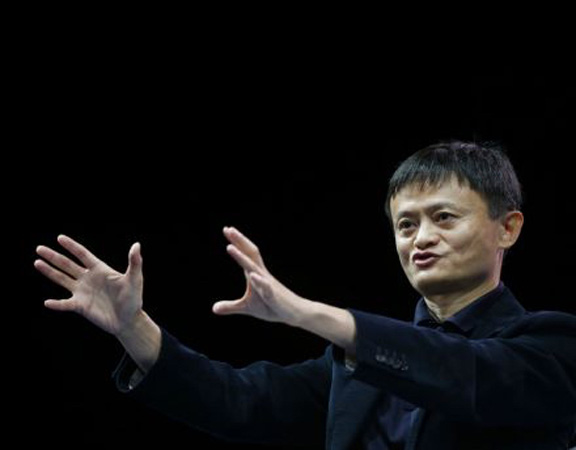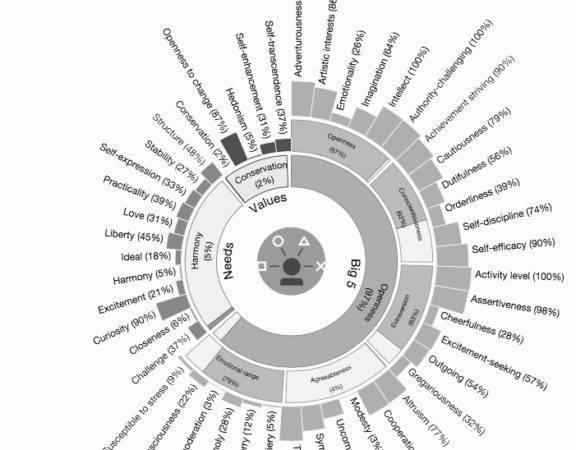If you believe your “one size fits all” marketing strategy is working pretty well, then you can stop reading this post. But if you are curious about how to connect with Chinese consumers in today’s cluttered, complex and fragmented media and marketing landscape in China, you’re welcome. We discussed about it with Karl Cluck (Mindshare). Here are my key takeaways.
First, let’s take a look at some underlying trends:
1. China leads the world in internet users (now close to 600M), yet penetration at just above 40% leaves much room for growth;
2. Chinese are among the heaviest internet users globally: 76% access many times a day (compared to 56% in US);
3. Chinese are now spending more time online than on TV: with 170 minutes per day, in 2013 interned surpassed TV;
4. Access is shifting to mobile with more than 463 million Chinese accessing the internet via mobile;
5. Main online activities in China are: Social networks (72% of users), music (72% stream, 60% download), and films (67%)/TV (61%).
Second, the social media landscape: there are two leading social platforms in China: WeChat (with 450M users – think about WhatsApp + Facebook mobile) and Weibo (with 330M users, similar to Twitter: public channel, with celebrities, thought leaders and brands broadcasting their messages). Chinese rely heavily (much more than westerns) on social platforms to research brands: social networks are a good source of information on brand experience (23% vs. 8% US); and are the first place to check before brand purchase (23% vs. 7% US).
Third, the merging of traditional and new media: online video continues to extend its dominance capturing 34% of time spent online. Online TV consolidation is underway, with just 4 likely survivors: the merger with Tudou makes Youku a sector leader featuring long-form content, user-generated content, and self-produced content targeting all audiences; still Sohu, iQiyi, and Tencent have significant investment capabilities and large traffic bases to challenge the leader.
Fourth, internet is where the business is happening: e-commerce market in China surpassed the US to lead the world in 2013, with transaction value for 283B$ vs. 257B$ in US. Taobao accounts for over 80% of China’s overall e-commerce market. Online shopping rates in China are more than double global peers: 36% of internet users shop online several times per week (vs. 15% US).
In this scenario, some recommendations for marketers.
Channels: Align the China marketing strategy to video, e-commerce, and mobile. Video strategy should be linked to social strategy to better exploit the dynamics of social sharing and watching. Partner with B2C sites to leverage their consumer data for targeted campaigns; consider co-promotions with e-commerce sites that seek differentiation through association with overseas brands. B2C strategy could include storefronts on multiple sites and m-commerce.
Experience: Focus on the quality of fan interaction and the depth of impact. TV-smartphone campaigns can drive new engagement models and reach high-end urban demographics.
Bottom line: one size doesn’t fit all. Success in China (as everywhere else) starts with understanding customer behavior and channels of interaction.






